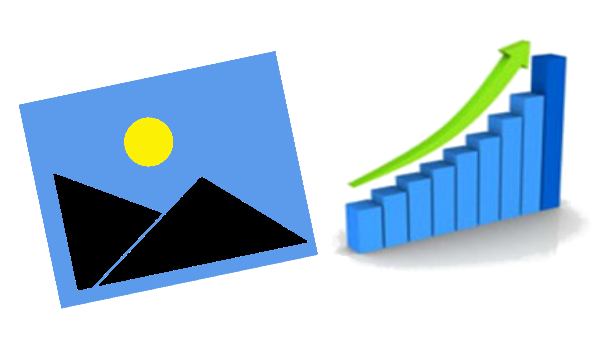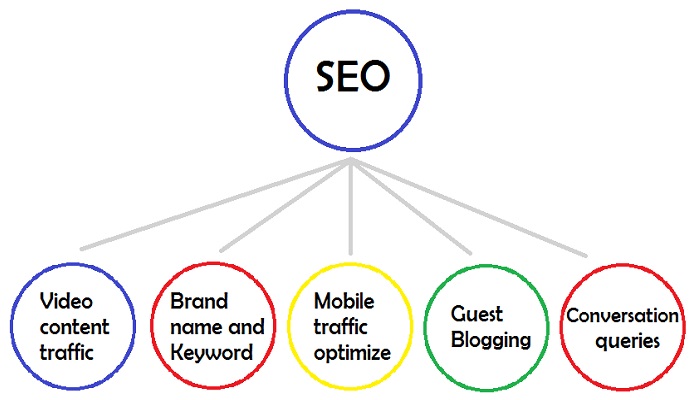Many SEO practitioners have told us over the years that images must be optimized before uploading on the website to make them search engine friendly. But over the last few years, we have witnessed many inbuilt new features in content management systems that have made search engine optimization a lot easier. So, how important is image optimization in 2017? In order to answer that question, you need to understand why you should optimize images in the first place.
Get featured in image searches: When you properly format the images and give a relevant title to each of them it becomes easier for the search engines to find them. This can enhance your traffic significantly especially if people use Google Image Search to find the type of products you sell. Here is an example. Suppose you sell women’s apparels and people search for “halter neck gowns” in Google Image Search then Google may fetch the image from your product page. Now, if the customers like that image, they can click on the “visit page” link and land on the product page of your website. This way not only you can reduce the time spent on searching products but also bring customers one step closer to the checkout process.
Boost the speed of website: Image files are always heavier than text content and if your website contains too many images (e-commerce, photography website etc.), then it can seriously affect your website loading time. As you know, page loading time is a ranking factor now and more importantly, web users hate slow loading websites. Therefore, you should use ideal image formats (JPG, PNG, and GIF) and compress the images as much as possible without compromising the quality to offer a satisfactory user experience to your customers.
Bypass image loading issue: Suppose you have written an article and used images to explain the points discussed in the article. If a visitor opens your blog from an old browser or if his internet connection is slow then images may not load and the reader sees blank spots where the images should be. The most effective way to solve this issue is to add alt text to all the images on your website. Now, even though some users will not be able to see the images due to technical issues, they will still be able to read the alt text and understand what the image represents.
Conclusion
Image optimization is not going to make or break your SEO campaign, but when you are fighting with lots of other brands in the market and trying to earn brand loyalty, it is important to offer the best user experience. It takes only a few minutes to optimize images and the ROI will certainly make you happy.


